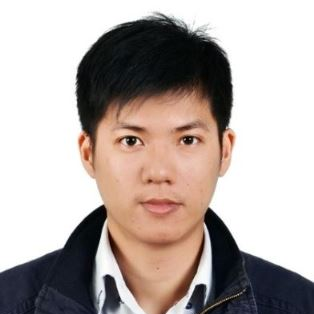Advanced Research of Aquatic Gels and Their Applications
A special issue of Gels (ISSN 2310-2861). This special issue belongs to the section "Gel Applications".
Deadline for manuscript submissions: closed (31 October 2022) | Viewed by 10379
Special Issue Editor
Interests: aquatic gels; microplastics; environmental sciences; marine pollution; extracellular polymeric substances
Special Issues, Collections and Topics in MDPI journals
Special Issue Information
Dear Colleagues,
Gels is ubiquitous in aquatic systems and is believed to determine the formation behavior of marine snow and biofilms and the mobility of pollutants. The broad impacts of these gel materials, including various colloids, biopolymers, microbial extracellular polymeric substances, wastewater treatments, and air–water interfaces, are vast. Engineered functionalized gels are also promising new classes of materials for the treatment of polluted water to enhance pollutant removal. This Special Issue aims to inform the reader of advanced research of aquatic gels and their applications by inviting colleagues researching marine biogeochemistry, fresh water ecology, wastewater/sludge treatment, pollutant fate, and atmospheric science to report on advances in the study of:
- Sources, characteristics, and release mechanisms of gel-like materials in aquatic systems including oceanic/fresh water and wastewater;
- Aggregation and sedimentation of gel-like materials and their environmental implications;
- Aquatic gel interactions with pollutants, including changing fate, partitioning, toxicity, mobility, etc.;
- Novel measurement and observation technologies for the properties of aquatic gels;
- Effect of gel-like substances on surface corrosion and biofouling/biofilm formation;
- Studies on the role of gels in air–water interfacial physics and chemistry;
- Application of engineered and natural gels for pollutant removal and remediation.
Research articles covering the areas above or other relevant topics are welcomed for possible inclusion in this Special Issue of Gels.
Dr. Ruei-Feng Shiu
Guest Editor
Manuscript Submission Information
Manuscripts should be submitted online at www.mdpi.com by registering and logging in to this website. Once you are registered, click here to go to the submission form. Manuscripts can be submitted until the deadline. All submissions that pass pre-check are peer-reviewed. Accepted papers will be published continuously in the journal (as soon as accepted) and will be listed together on the special issue website. Research articles, review articles as well as short communications are invited. For planned papers, a title and short abstract (about 250 words) can be sent to the Editorial Office for assessment.
Submitted manuscripts should not have been published previously, nor be under consideration for publication elsewhere (except conference proceedings papers). All manuscripts are thoroughly refereed through a single-blind peer-review process. A guide for authors and other relevant information for submission of manuscripts is available on the Instructions for Authors page. Gels is an international peer-reviewed open access monthly journal published by MDPI.
Please visit the Instructions for Authors page before submitting a manuscript. The Article Processing Charge (APC) for publication in this open access journal is 2100 CHF (Swiss Francs). Submitted papers should be well formatted and use good English. Authors may use MDPI's English editing service prior to publication or during author revisions.
Keywords
- aquatic gels
- aggregation behaviour
- pollutant complexation and removal
- wastewater/sludge treatment
- extracellular polymeric substances
- surface corrosion
- biofouling
Benefits of Publishing in a Special Issue
- Ease of navigation: Grouping papers by topic helps scholars navigate broad scope journals more efficiently.
- Greater discoverability: Special Issues support the reach and impact of scientific research. Articles in Special Issues are more discoverable and cited more frequently.
- Expansion of research network: Special Issues facilitate connections among authors, fostering scientific collaborations.
- External promotion: Articles in Special Issues are often promoted through the journal's social media, increasing their visibility.
- Reprint: MDPI Books provides the opportunity to republish successful Special Issues in book format, both online and in print.
Further information on MDPI's Special Issue policies can be found here.






